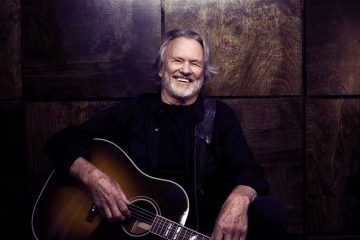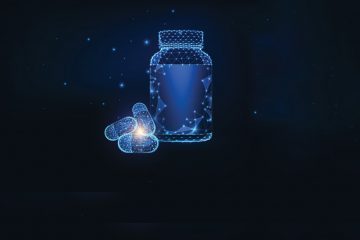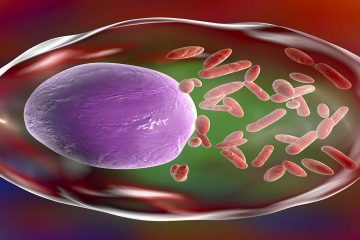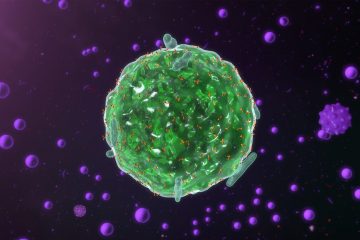- Home
- Find A Physician
- FIND A PHYSICIAN
- LymeTimes
- Current Issue
- Archives
- FEATURED LYMEDISEASE.ORG ISSUES
- Resources
- LYME LITERATE PHYSICIAN VIDEOS
- Physicians
- Members
- About Us
- Resources
W hen Dr. Nathan started treating patients 47 years ago, the model for medicine was much simpler—a standard diagnosis followed by a standard treatment. Now, he says, “The patients who come to see me today are a quantum leap (or two) sicker than the ones who came to me in the late 1980s.”
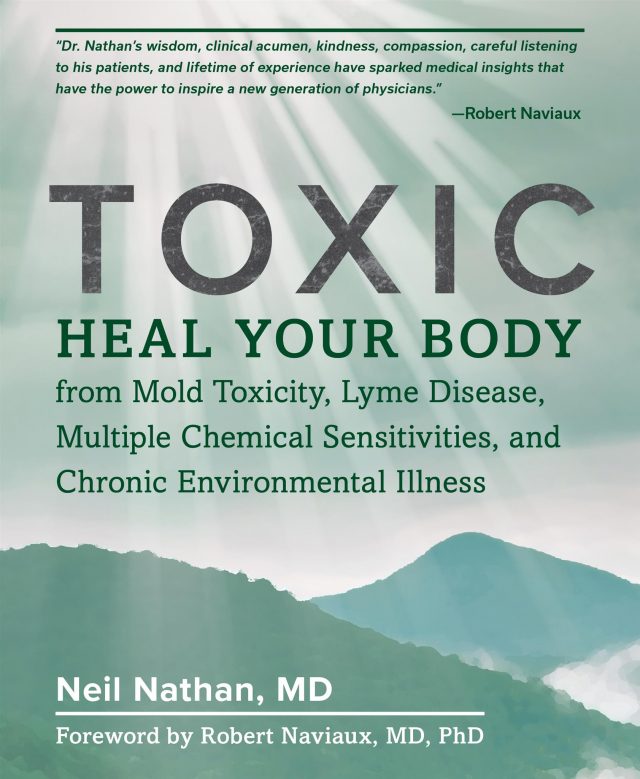
Today’s patients are sicker, for longer, with a multitude of chronic ailments that weren’t known to exist years ago. From autism to fibromyalgia to myalgic encephalomyelitis to mold toxicity—gone are the days of “take two aspirin and call me in the morning.”
As Professor Robert Naviaux, MD, a world-renowned biomedical/genetics researcher, explains in his introduction, “These new chronic illnesses have both genetic and environmental causes. They are ‘ecogenetic’ diseases that occur because the chemistry of the environment is changing faster than our genes can adapt.”
Dr. Nathan recounts the evolution of his own medical practice, progressively taking on more and more patients with whom no one else knew what to do. Now, 70% or more of his patients are classified as “ultrasensitive,” meaning they react intensely to even minuscule exposure to medications and supplements.
Join or login below to continue reading.
You must be a LymeDisease.org member to access this content.























